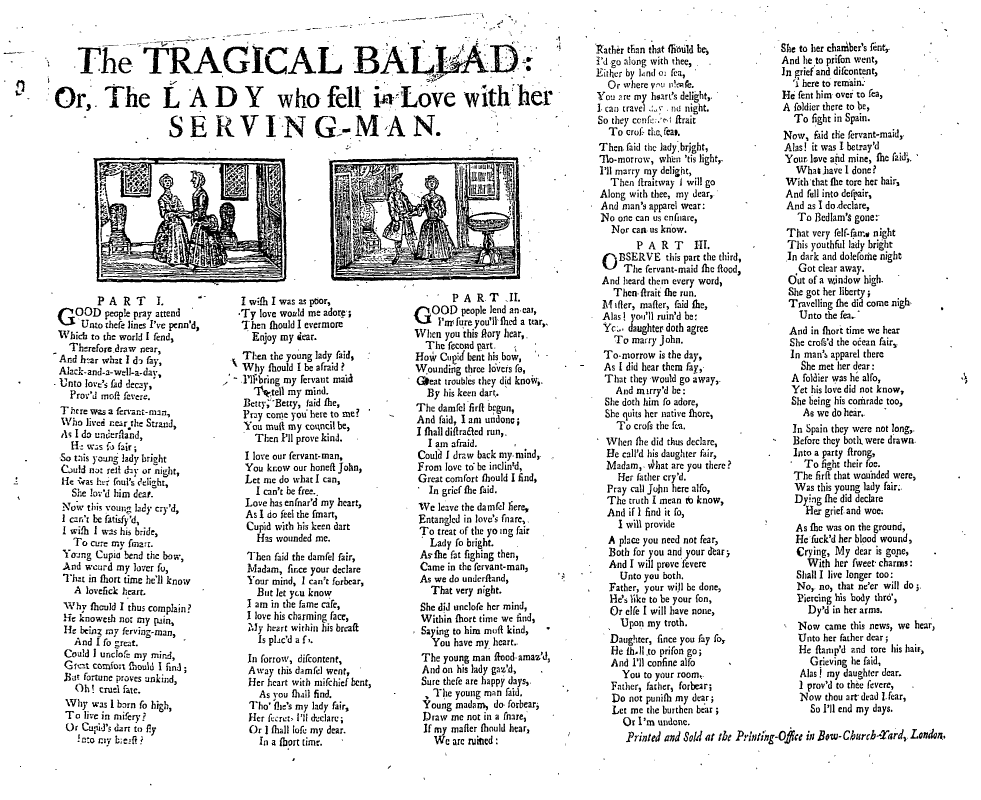|
Ensisheim Meteorite
The Ensisheim meteorite is a stony meteorite that fell on November 7, 1492 in a wheat field outside the walled town of Ensisheim in then Alsace, Further Germany (now France). The meteorite can still be seen in Ensisheim's museum, the sixteenth-century Musée de la Régence. It is the oldest stony European meteorite fall from which there is still some meteoritic material preserved. Composition The meteorite is an LL6 ordinary chondrite, weighing ; it was described as triangular in shape, and it created a deep hole upon impact. Contemporary response The fall of the meteorite through the Earth's atmosphere was observed as a fireball at a distance of up to 150 kilometers from where it eventually landed. Residents of the walled town and nearby farms and villages gathered at the location to raise the meteorite from its impact hole and began removing pieces of it. A local magistrate interfered with the destruction of the stone, in order to preserve the object for King Maximilian, t ... [...More Info...] [...Related Items...] OR: [Wikipedia] [Google] [Baidu] |
Ordinary Chondrite
The ordinary chondrites (sometimes called the O chondrites) are a class of stony chondritic meteorites. They are by far the most numerous group, comprising 87% of all finds. Hence, they have been dubbed "ordinary". The ordinary chondrites are thought to have originated from three parent asteroids, with the fragments making up the H chondrite, L chondrite and LL chondrite groups respectively. Origin It is suspected that they are not representative of typical asteroid parent bodies, but rather of a select few which are advantageously placed to send impact fragments to Earth-crossing orbits. Such positions are e.g. near Kirkwood gaps and/or secular resonances in the main asteroid belt. In fact, only the one rather insignificant asteroid 3628 Božněmcová has been identified to have a spectrum close to the ordinary chondrites. A probable parent body of the H chondrites (comprising about 46% of the ordinary chondrites) is 6 Hebe, but its spectrum is dissimilar due to what is likel ... [...More Info...] [...Related Items...] OR: [Wikipedia] [Google] [Baidu] |
Pope Pius III
Pope Pius III ( it, Pio III; 9 May 1439 – 18 October 1503), born Francesco Todeschini, was head of the Catholic Church and ruler of the Papal States from 22 September 1503 to his death. At just twenty-six days, he had one of the shortest pontificates in papal history. Francesco was the nephew of Pope Pius II, who granted him the use of the family name "Piccolomini", and appointed the twenty-one-year old Francesco as Archbishop of Siena. He served as papal legate in a number of places. In 1503, the now-frail Cardinal Piccolomini was elected pope as a compromise candidate between the Borgia and della Rovere factions. Although he announced plans for reforms, he died less than a month later. Life Early life Francesco Todeschini Piccolomini, a member of the House of Piccolomini was born in Sarteano on 9 May 1439, as the fourth child of Nanno Todeschini and Laudomia Piccolomini, the sister of Enea Silvio Bartolomeo (Aeneas Silvius) Piccolomini who was Pope Pius II. He had thre ... [...More Info...] [...Related Items...] OR: [Wikipedia] [Google] [Baidu] |
1490s In The Holy Roman Empire
*
{{Number disambiguation ...
149 may refer to: *149 (number), a natural number *AD 149, a year in the 2nd century AD *149 BC, a year in the 2nd century BC *British Airways Flight 149, a flight from LHR to Kuwait City International Airport; the aircraft flying this flight was destroyed by Iraqi troops See also * List of highways numbered 149 The following highways are numbered 149: Canada * Prince Edward Island Route 149 Costa Rica * National Route 149 (Costa Rica), National Route 149 India * National Highway 149 (India) Japan * Japan National Route 149 United States * Alabama St ... [...More Info...] [...Related Items...] OR: [Wikipedia] [Google] [Baidu] |
Meteorite Falls
A meteorite fall, also called an observed fall, is a meteorite collected after its fall from outer space was observed by people or automated devices. Any other meteorite is called a "find". There are more than 1,100 documented falls listed in widely used databases, most of which have specimens in modern collections. , the Meteoritical Bulletin Database had 1211 confirmed falls. Importance Observed meteorite falls are important for several reasons. Material from observed falls has not been subjected to terrestrial weathering, making the find a better candidate for scientific study. Historically, observed falls were the most compelling evidence supporting the extraterrestrial origin of meteorites. Furthermore, observed fall discoveries are a better representative sample of the types of meteorites which fall to Earth. For example, iron meteorites take much longer to weather and are easier to identify as unusual objects, as compared to other types. This may explain the increas ... [...More Info...] [...Related Items...] OR: [Wikipedia] [Google] [Baidu] |
Meteorites Found In France
A meteorite is a solid piece of debris from an object, such as a comet, asteroid, or meteoroid, that originates in outer space and survives its passage through the atmosphere to reach the surface of a planet or moon. When the original object enters the atmosphere, various factors such as friction, pressure, and chemical interactions with the atmospheric gases cause it to heat up and radiate energy. It then becomes a meteor and forms a fireball, also known as a shooting star; astronomers call the brightest examples " bolides". Once it settles on the larger body's surface, the meteor becomes a meteorite. Meteorites vary greatly in size. For geologists, a bolide is a meteorite large enough to create an impact crater. Meteorites that are recovered after being observed as they transit the atmosphere and impact the Earth are called meteorite falls. All others are known as meteorite finds. Meteorites have traditionally been divided into three broad categories: stony meteorites tha ... [...More Info...] [...Related Items...] OR: [Wikipedia] [Google] [Baidu] |
Albrecht Dürer
Albrecht Dürer (; ; hu, Ajtósi Adalbert; 21 May 1471 – 6 April 1528),Müller, Peter O. (1993) ''Substantiv-Derivation in Den Schriften Albrecht Dürers'', Walter de Gruyter. . sometimes spelled in English as Durer (without an umlaut) or Duerer, was a German painter, printmaker, and theorist of the German Renaissance. Born in Nuremberg, Dürer established his reputation and influence across Europe in his twenties due to his high-quality woodcut prints. He was in contact with the major Italian artists of his time, including Raphael, Giovanni Bellini, and Leonardo da Vinci, and from 1512 was patronized by Emperor Maximilian I. Dürer's vast body of work includes engravings, his preferred technique in his later prints, altarpieces, portraits and self-portraits, watercolours and books. The woodcuts series are more Gothic than the rest of his work. His well-known engravings include the three '' Meisterstiche'' (master prints) ''Knight, Death and the Devil'' (1513), '' Sain ... [...More Info...] [...Related Items...] OR: [Wikipedia] [Google] [Baidu] |
Das Narrenschiff
''Ship of Fools'' (Modern German: , la, Stultifera Navis, original medieval German title: ) is a satirical allegory in German verse published in 1494 in Basel, Switzerland, by the humanist and theologian Sebastian Brant. It is the most famous treatment of the ship of fools trope and circulated in numerous translations. Overview Ship of Fools was published in 1494 in Basel, Switzerland, by Sebastian Brant. The book consists of a prologue, 112 brief satires, and an epilogue, all illustrated with woodcuts. Brant takes up the ship of fools trope, popular at the time, lashing with unsparing vigour the weaknesses and vices of his time. He conceives Saint Grobian, whom he imagines to be the patron saint of vulgar and coarse people. The concept of foolishness was a frequently used trope in the pre-Reformation period to legitimise criticism, as also used by Erasmus in his ''Praise of Folly'' and Martin Luther in his "" (''Address to the Christian Nobility''). Court fools were al ... [...More Info...] [...Related Items...] OR: [Wikipedia] [Google] [Baidu] |
Satire
Satire is a genre of the visual, literary, and performing arts, usually in the form of fiction and less frequently non-fiction, in which vices, follies, abuses, and shortcomings are held up to ridicule, often with the intent of shaming or exposing the perceived flaws of individuals, corporations, government, or society itself into improvement. Although satire is usually meant to be humorous, its greater purpose is often constructive social criticism, using wit to draw attention to both particular and wider issues in society. A feature of satire is strong irony or sarcasm —"in satire, irony is militant", according to literary critic Northrop Frye— but parody, burlesque, exaggeration, juxtaposition, comparison, analogy, and double entendre are all frequently used in satirical speech and writing. This "militant" irony or sarcasm often professes to approve of (or at least accept as natural) the very things the satirist wishes to question. Satire is found in many a ... [...More Info...] [...Related Items...] OR: [Wikipedia] [Google] [Baidu] |
Treaty Of Senlis
The Treaty of Senlis concerning the Burgundian succession was signed at Senlis, Oise on 23 May 1493 between Maximilian I of Habsburg and his son Philip "the Handsome", Archduke of Austria, and King Charles VIII of France. Background After the last Valois Duke of Burgundy, Charles the Bold, had died without male heir at the 1477 Battle of Nancy, his cousin Louis XI of France was determined to come into his inheritance, especially the Burgundian Netherlands with the thriving County of Flanders. However, Mary the Rich, daughter of Charles the Bold, and her husband Maximilian also claimed their rights, which led to clashes of arms culminating at the 1479 Battle of Guinegate, concluded in favour of Mary and Maximilian. Nevertheless, Mary died in 1482 and according to the Treaty of Arras, Maximilian had to cede Burgundy, the County of Artois including the City of Arras and several minor lordships to France as dowry for the proposed marriage of their daughter, Margaret, with Loui ... [...More Info...] [...Related Items...] OR: [Wikipedia] [Google] [Baidu] |
Omen
An omen (also called ''portent'') is a phenomenon that is believed to foretell the future, often signifying the advent of change. It was commonly believed in ancient times, and still believed by some today, that omens bring divine messages from the gods. These omens include natural phenomena, for example an eclipse, abnormal births of animals (especially humans) and behaviour of the sacrificial lamb on its way to the slaughter. Specialists, known as diviners, variously existed to interpret these omens. They would also use an artificial method, for example, a clay model of a sheep liver, to communicate with their gods in times of crisis. They would expect a binary answer, either yes or no, favourable or unfavourable. They did these to predict what would happen in the future and to take action to avoid disaster. Though the word ''omen'' is usually devoid of reference to the change's nature, hence being possibly either "good" or "bad", the term is more often used in a forebodin ... [...More Info...] [...Related Items...] OR: [Wikipedia] [Google] [Baidu] |
Broadside (music)
A broadside (also known as a broadsheet) is a single sheet of inexpensive paper printed on one side, often with a ballad, rhyme, news and sometimes with woodcut illustrations. They were one of the most common forms of printed material between the sixteenth and nineteenth centuries, particularly in Britain, Ireland and North America because they are easy to produce and are often associated with one of the most important forms of traditional music from these countries, the ballad. Development of broadsides Ballads developed out of minstrelsy from the fourteenth and fifteenth century. These were narrative poems that had combined with French courtly romances and Germanic legends that were popular at the King’s court, as well as in the halls of lords of the realm. By the seventeenth century, minstrelsy had evolved into ballads whose authors wrote on a variety of topics. The authors could then have their ballads printed and distributed. Printers used a single piece of paper known as ... [...More Info...] [...Related Items...] OR: [Wikipedia] [Google] [Baidu] |
Sebastian Brandt
Sebastian Brant (also Brandt) (1458 – 10 May 1521) was a German humanist and satirist. He is best known for his satire ''Das Narrenschiff'' (''The Ship of Fools''). Biography Brant was born in Strasbourg to an innkeeper but eventually entered the University of Basel in 1475, initially studying philosophy and then transferring to the school of law. From 1484 he began teaching at the university and completed his doctorate in law in 1489. In 1485 he had married Elisabeth Bürg, the daughter of a cutler in the town. Elisabeth bore him seven children. Keen for his eldest son Onophrius to become a humanist, he taught him Latin in the cradle and enrolled him in the university at the age of seven. Brant first attracted attention in humanistic circles by his Neo-Latin poetry but, realising that this gave him only a limited audience, he began translating his own work and the Latin poems of others into German, publishing them through the press of his friend Johann Bergmann, from which ... [...More Info...] [...Related Items...] OR: [Wikipedia] [Google] [Baidu] |





.jpg)


